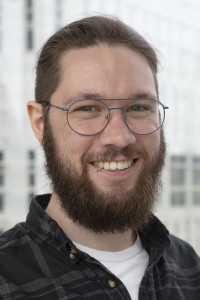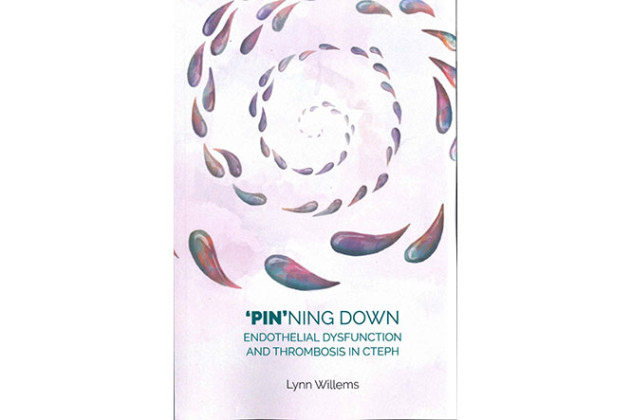Drs. Stan Hilt
RESEARCH:
In the group of Paul Corstjens (CCB: Near Patient Diagnostics) my work focusses on the detection of a genus specific Schistosoma antigen CAA (circulating anodic antigen) by means of lateral flow assays. Over 200 million people in areas such as Africa, Asia and South America are estimated to be infected with this parasitic flatworm, with an estimated yearly mortality of 200,000. The highly specific CAA lateral flow (LF) assay developed at NPD is sensitive enough to detect a single worm pair. Exceptional sensitivity was achieved by the implementation of unique luminescent reporter particles, up-converting phosphors (UCP), a core technology of the NPD research group. It allowed for instance the start of controlled human schistosomiasis infection studies (CoHSI; department of infectious diseases; prof. M. Roestenberg) and is implemented as a routine test at KML (‘klinisch medisch laboratorium’). The test is used worldwide in many collaborative research project covering all aspects such as, mapping, monitoring of drug efficiency, diagnosis of individuals, transmission and reinfection, and as such is well accepted by the experts. At our lab we produce about 25.000 CAA tests per year and also perform in-house testing with samples received in research projects. The CAA work is done in close collaboration with the department of Parasitology (dr. G. van Dam). Although the diagnostic CAA test is widely applied, there are still many unknows regarding this repetitive (di-saccharide) carbohydrate structure. Besides the diagnostic work I’m involved in the biochemical characterization of CAA, also a collaboration with the department of Parasitology under supervision of prof. C. Hokke.
CURRICULUM VITAE:
I received my Bachelor degree in Biomedical Sciences in 2018 from the University of Amsterdam, Faculty of Physics, Mathematics and Computer Sciences. After that I’ve worked for the microscopy company Confocal.nl and pursued a Master degree in Biomedical sciences at Leiden University, which I received in 2021.




